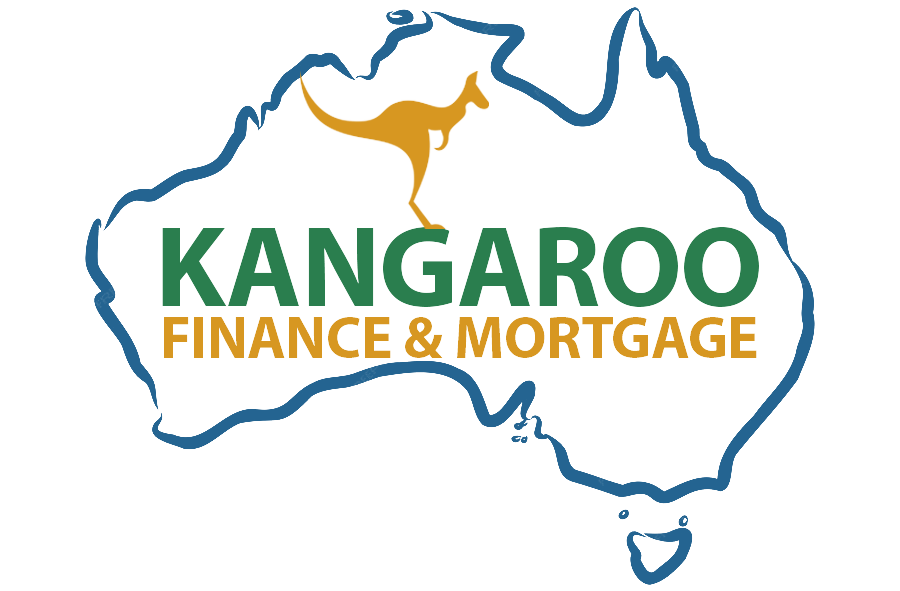The Benefits of Fixed vs. Variable Loan Interest Rates
Choosing the Right Option for Your Financial Goals
When applying for a mortgage or refinancing an existing loan, one of the most important decisions you’ll face is whether to go with a fixed or variable interest rate. Each option offers its own advantages — and the right choice depends on your goals, financial situation, and appetite for risk.
Let’s break down the benefits of both.
🔒 Benefits of Fixed Interest Rates
A fixed-rate home loan means your interest rate stays the same for a set period (typically 1 to 5 years), regardless of what happens in the market.
✅ 1. Stability & Predictability
Your repayments stay the same every month, which is ideal for budgeting — especially for first-home buyers or families who prefer certainty.
✅ 2. Protection from Rate Hikes
If the Reserve Bank increases interest rates, your repayments won’t change during the fixed period, shielding you from rising costs.
✅ 3. Financial Planning Confidence
You can lock in a rate while interest rates are low, giving you peace of mind and more accurate financial forecasting.
👎 Potential Drawbacks:
- Limited ability to make extra repayments (or fees for doing so)
- No benefit if interest rates fall
- Break costs may apply if you refinance or sell early
🔁 Benefits of Variable Interest Rates
A variable-rate loan means your interest rate can go up or down over time, based on market conditions and Reserve Bank decisions.
✅ 1. Flexibility
You can often make unlimited extra repayments and redraw funds, helping you pay off your loan faster and save on interest.
✅ 2. Benefit from Rate Drops
If market interest rates decrease, so can your loan repayments — putting money back in your pocket.
✅ 3. Easier to Refinance
Variable loans are typically easier (and cheaper) to refinance or restructure as your needs change.
👎 Potential Drawbacks:
- Repayments can increase if rates rise
- Harder to predict and budget for long-term costs
- Greater financial uncertainty in a volatile market
⚖️ What About Split Loans?
Not sure which is best? You can split your loan into fixed and variable portions — combining the stability of fixed with the flexibility of variable.
💡 Example: Fix 60% of your loan and leave 40% variable to make extra repayments or access redraw.


🎯 Final Thought
There’s no one-size-fits-all answer — but understanding the pros and cons of each interest rate type will help you make a smarter, more informed decision.
At Kangaroo Finance & Mortgage, we tailor loan structures to fit your unique goals, whether that’s stability, flexibility, or a mix of both.
💬 Not sure which loan type suits you?
Book a free consultation today and we’ll walk you through your options with real numbers and personalised advice.






